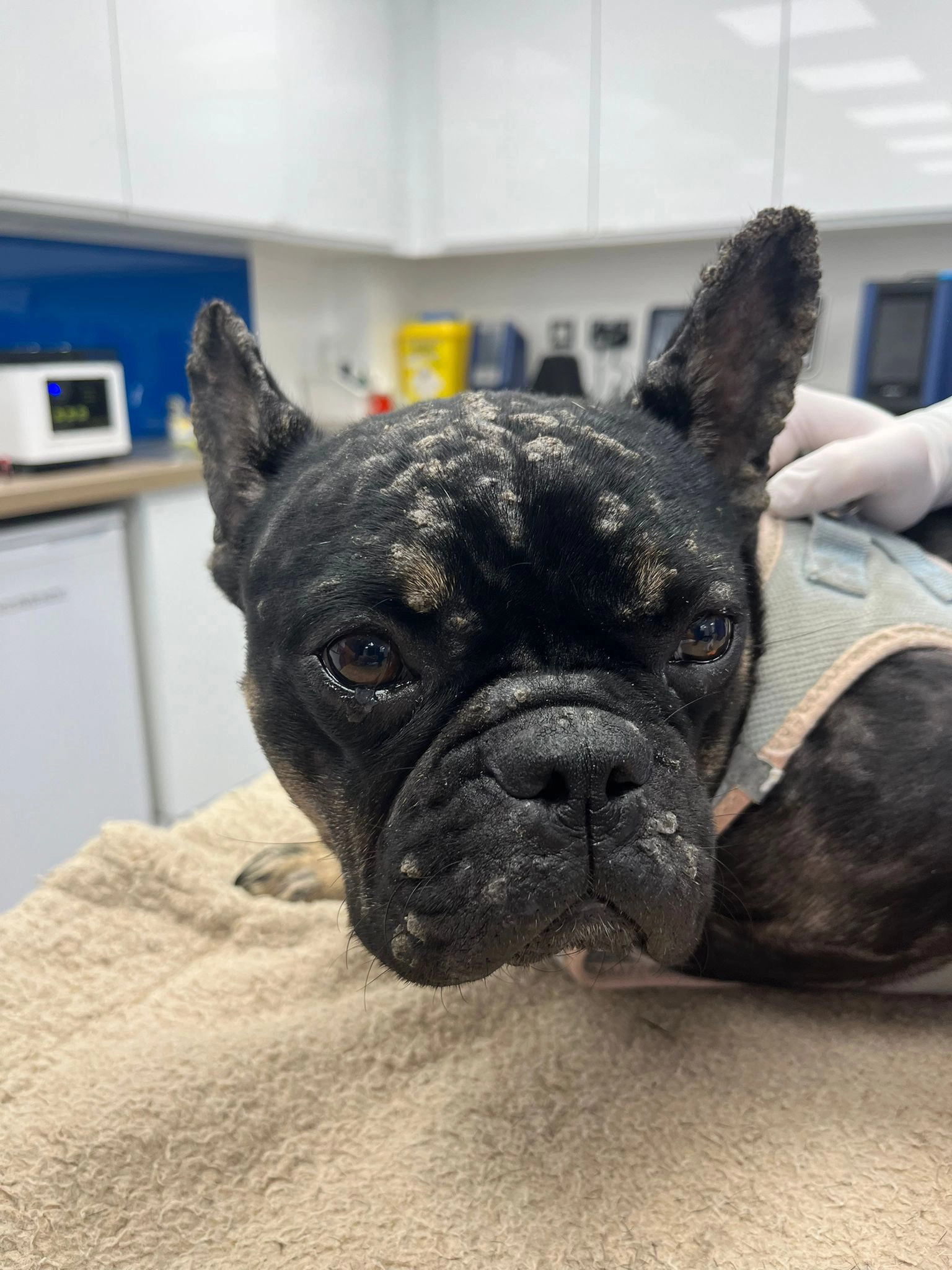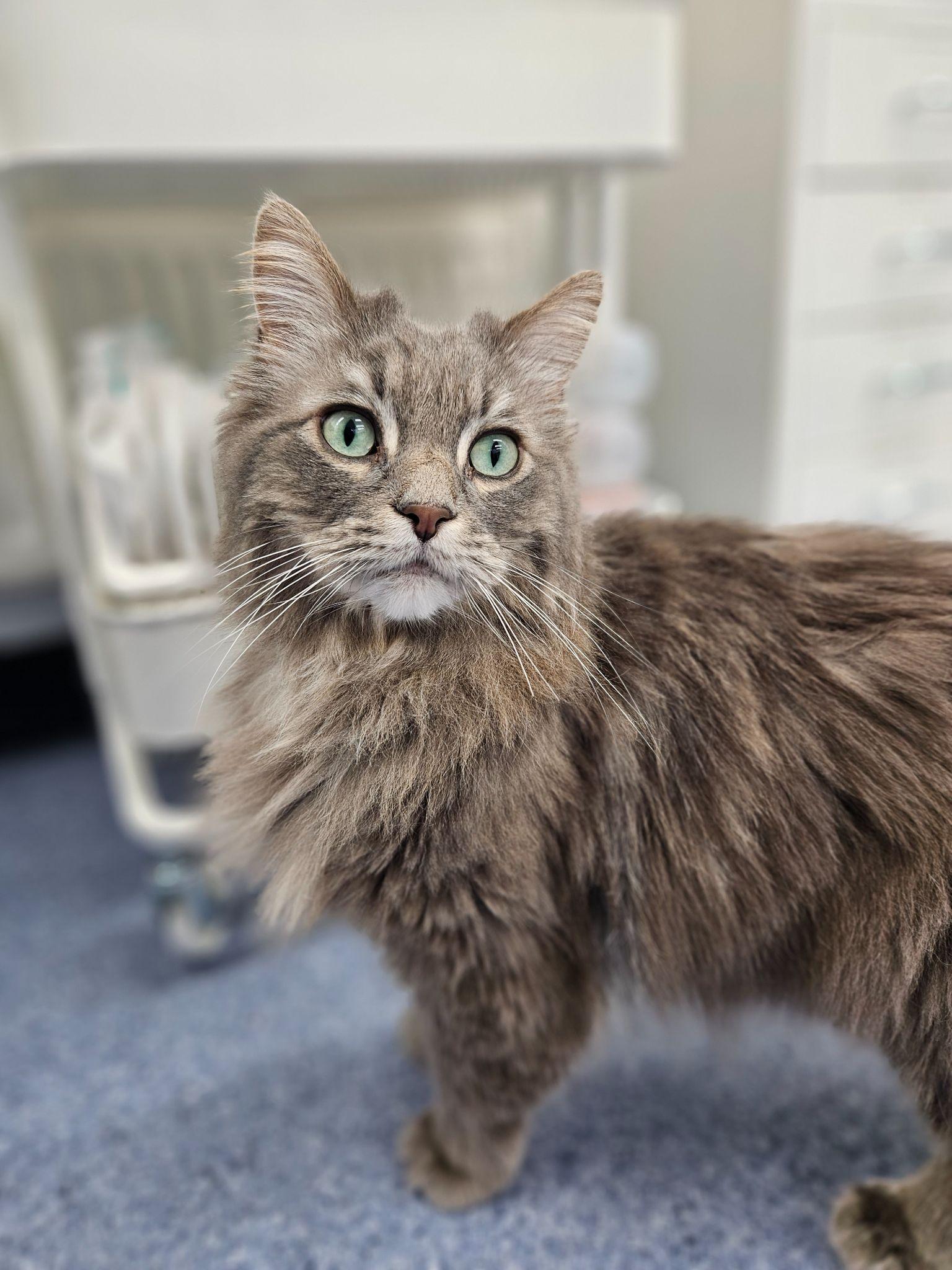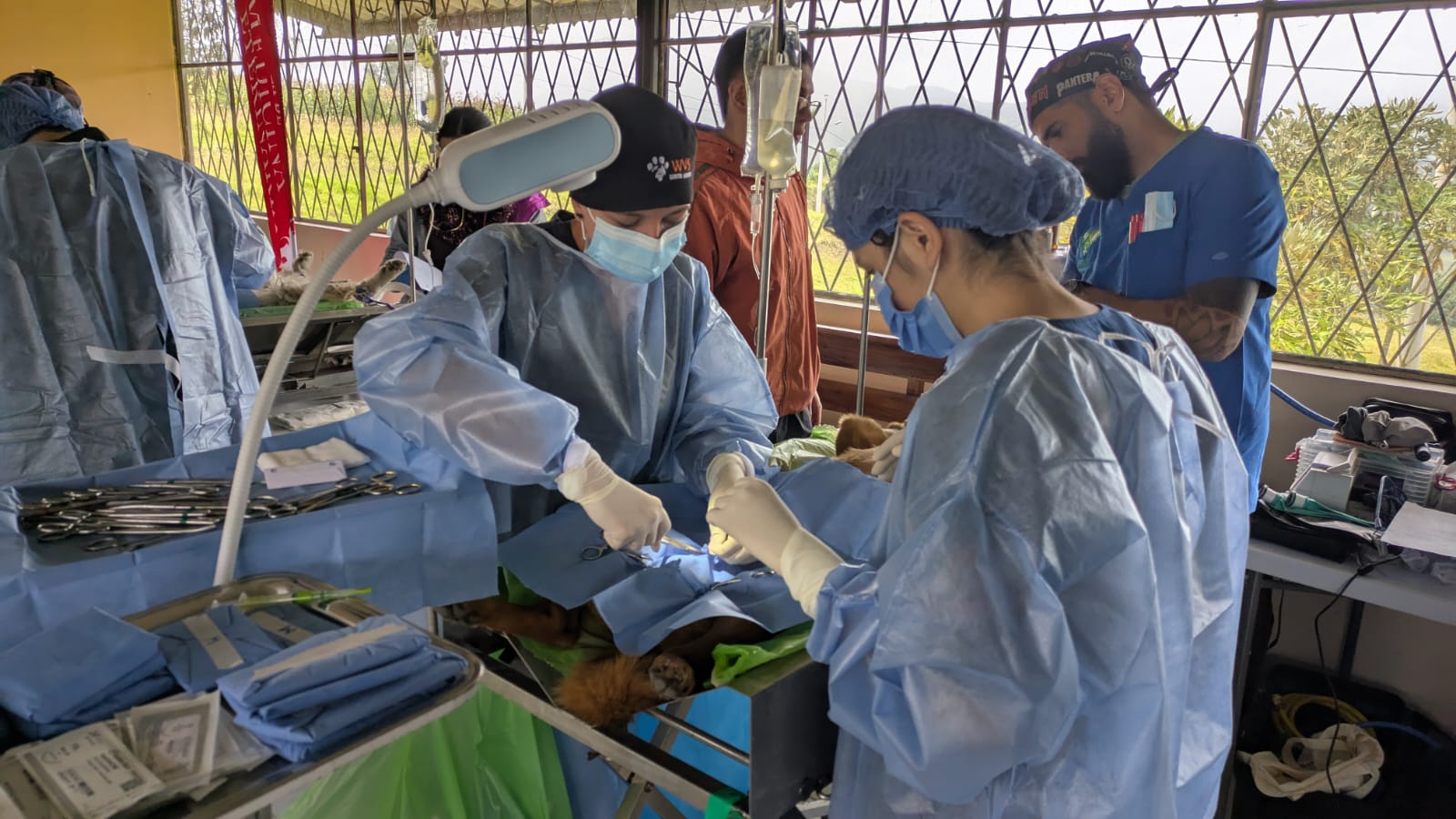Did you know that pets can get too hot, heatstroke and come down with a myriad of other heat related illnesses? Keeping your pet safe and cool in the sun is paramount, so what are the symptoms, how do you go about doing it and what can you do in the event of an emergency?
Spotting the Symptoms of overheating or Heatstroke:
Heatstroke is not the most easily spotted of all conditions, especially in pets. But, knowing a pet’s behaviour is key to diagnosing them quickly. If you find your pet wandering the house, hiding in a dark place or generally restless, it can mean that there is something wrong with them. Noticing these changes, however minute, in your pet’s personality is key to preventing and dealing with heatstroke. To recap, if you notice any of the following seek medical attention immediately:
• Restless behaviour as your pet tries to find a cool spot.
• Panting, sweaty feet, drooling.
• Rectal temperature is normal to slightly elevated.
More severe symptoms include:
• Rapid pulse and breathing.
• Vomiting.
• Diarrhoea.
• Lethargy.
• Stumbling, staggering.
If you think your pet has overheated or has heatstroke, the first thing to do is call your Vet and relay your pet’s symptoms to them. Then, you best start getting ready for a journey in the car or on the bus…

What Can I do Until I Get to the Vets?:
Whether you’ve found your pet unconscious or still awake, the only thing you can do until a professional can see them is to gradually (and by gradually we mean very, very slowly) cool them down. A sudden or severe change in their body temperature can force your pet’s body to enter a state of shock; a fate much worse than heatstroke.
To begin with, soak your pet with cool (not cold, almost lukewarm) water, being careful to keep the water out of their nose and mouth. Hover or hold a bag of frozen vegetables or ice around or near their core. If nothing else, try and move your pet to a cool or shaded area, at least until you can get the car started or other travel arrangements organised.
Treating Heatstroke:
Once you get your pet to one of our clinics, we’ll start by attempting to cool them down using some of the methods listed above. In more severe cases, we’ll insert an intravenous (IV) line to run cool fluids directly into your pet. This will not only help to lower your pet’s temperature, but will help to counteract the effects of shock and minimise the risk of organ damage.
We’ll then monitor your pet until their core temperature begins to fall. Once it has fallen sufficiently, our cooling attempts will be gradually slowed to prevent excessive cooling. Finally, we’ll want to keep your pet until their temperature is stable and at least until they can be evaluated for signs of organ damage.
Once we’re happy that there’s no immediate signs of lasting damage, you and your pet can be on your way. However, we do ask that you keep a close eye on your pet as some organ damage might not manifest until a few days after we’ve treated your pet for heatstroke. In any case, the worst is over and you can take a deep breath.
Prevention:
By taking a few simple steps, you can reduce or even eliminate the risk of your pet becoming too hot or getting heatstroke; things like ensuring that they have access to fresh, clean drinking water at all times, making sure they have somewhere shaded to hang out and being generally vigilant to the symptoms and signs of heatstroke.
We often find that the best way to treat a disease or illness is to not have to treat it at all. Being aware, knowledgeable and vigilant are how you can beat it!
Before we wrap up, if you do find yourself in the middle of an emergency you really shouldn’t be reading this! Click here for our emergency contact list. Otherwise, call 01 8213189 for our Meath and North Dublin clinic, or 01 2987510 for our South Dublin clinic.
We hope that overheating and heatstroke are now something that you’re aware of. As I said previously, it’s not something we would be used to here in Ireland, but it has been unusually warm of late (especially on the cloudiest of days). In any case, we hope you enjoy these long evenings in the company of your favourite furry friend!
Ciao!




